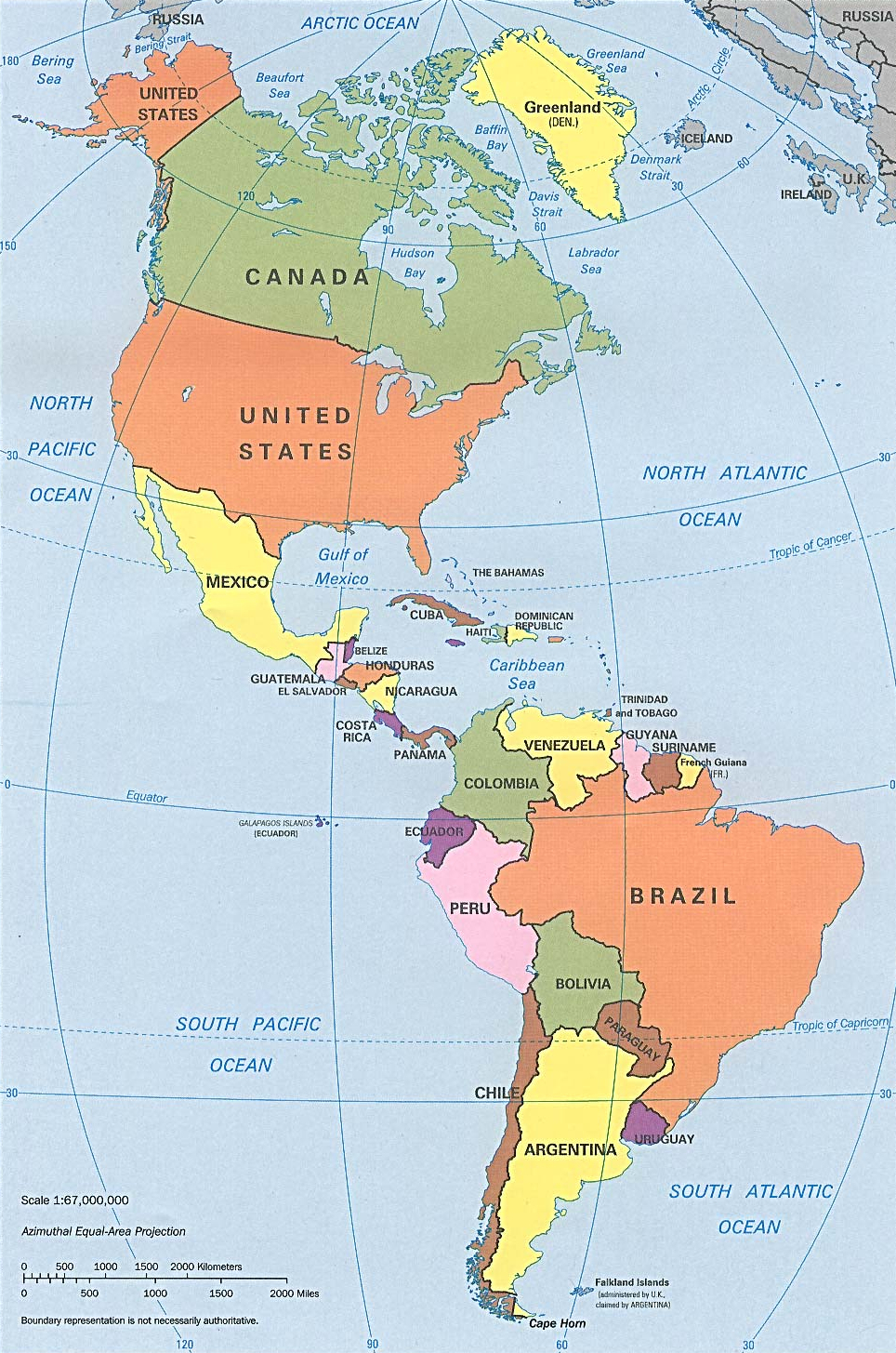Here's a video showing how US Border Patrol agents patrol the Rio Grande, the river which makes up 1,255 miles of the 1,969-mile US - Mexico border, the most frequently-crossed border in the world. When I show it to my face-to-face classes and ask "who would want to do that job?" hands usually shoot up.
US-Mexico border security has vastly increased recently with doubled manpower manpower, ATV patrols, drones (probably the least effective new tool), and helicopters. Just a decade ago crossing illegally over the US-Mexico border via the Rio Grande was pretty easy; now it is much harder.
CBP Video: Patrols of the Rio Grande River
http://www.youtube.com/watch?v=ylqyCmn_DR0
US-Mexico border security has vastly increased recently with doubled manpower manpower, ATV patrols, drones (probably the least effective new tool), and helicopters. Just a decade ago crossing illegally over the US-Mexico border via the Rio Grande was pretty easy; now it is much harder.
CBP Video: Patrols of the Rio Grande River
http://www.youtube.com/watch?v=ylqyCmn_DR0
In the news recently has been a huge surge in the numbers young children from Central America reaching the US-Mexico border alone, sent by their parents who believe they will receive asylum. However, most are detained and often end up staying in temporary housing centers for months, waiting to be transported back to their home countries.
This page has two videos: one shows how easy it is to find a human smuggler known as a "coyote" while the other shows a Mexican town with an economy that revolves around illegal immgration.
http://www.kpho.com/story/25793017/children-face-particular-dangers-crossing-border
Border Trends
It is amazing to think that the US Border Patrol apprehended over 400,000 undocumented people in 2013, even though it is down from over 1.5 million in 2000.
It is amazing to think that the US Border Patrol apprehended over 400,000 undocumented people in 2013, even though it is down from over 1.5 million in 2000.
The percentage of non-Mexicans apprehended shot up 50% from 2012-13, mostly Central Americans specifically from Guatemala, El Salvador, and Honduras the "Northern Triangle" of Central America which is being torn up by drug trafficking originating in South America. Also, the number of Border Patrol agents has leveled off after a big buildup which doubled the number of agents between 2005-2011.
What new border patrol statistics reveal about changing migration to the United States
by Adam Isacson of the Washington Office on Latin America (WOLA)
http://www.wola.org/commentary/what_new_border_patrol_statistics_tell_us_about_changing_migration_from_latin_america

